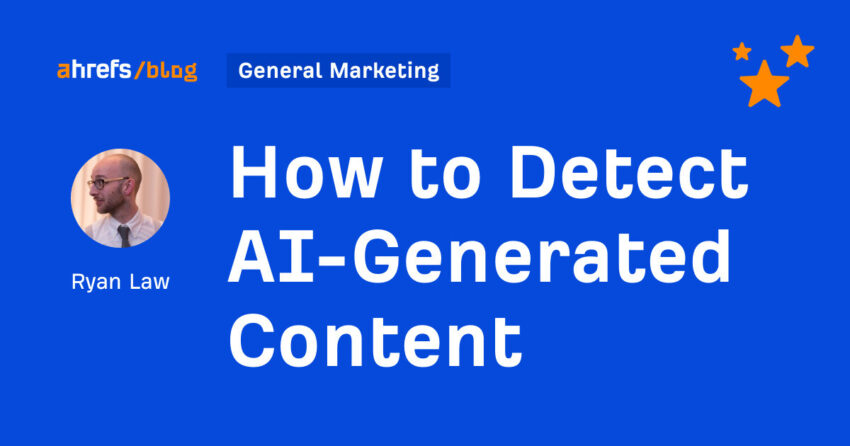TL;DR Summary of 74% of New Webpages Include AI Content (Study of 900k Pages)
Optimixed’s Overview: Navigating the Challenges and Opportunities of AI Content Detection in Modern Webpages
Understanding the Rise of AI-Generated Content
With the rapid expansion of generative AI technologies, a significant portion of newly created web pages now feature AI-generated text. Our extensive analysis of 900,000 pages in April 2025 highlights that nearly three-quarters incorporate AI content, prompting urgent questions about how to differentiate human-authored text from machine-generated writing.
How AI Content Detectors Work
- Statistical Detection: Tools analyze features such as word and n-gram frequencies, syntactic structures, stylistic choices, perplexity (predictability), and burstiness (sentence length variation) to identify AI writing patterns invisible to the human eye.
- Watermarking: Embedding hidden signals in AI outputs to verify origin, though currently not widely adopted by major AI providers.
- Probabilistic Nature: AI detectors estimate likelihood rather than provide definitive answers, requiring multiple methods and contextual understanding for accuracy.
Limitations and Best Practices
- False Positives and Negatives: Detection tools can misclassify content due to overlapping patterns or human edits that mask AI traits.
- Humanized AI Text: Post-processing such as rephrasing or grammar correction can reduce detector effectiveness.
- Rapid Evolution: AI models and writing styles evolve quickly, demanding regular updates and retraining of detection technologies.
- Contextual Analysis: Human judgment considering tone consistency, verbosity, originality, and motivation behind content creation is essential.
Practical Applications and Tools
Leading AI content detectors like Ahrefs and Copyleaks scored highest in independent tests, offering nuanced insights including passage-level likelihoods and probable AI model sources. Integrating these tools into SEO workflows, such as Ahrefs’ Site Explorer with AI detection features, enables content creators and marketers to monitor AI usage at scale, identify competitive AI-generated content, and uncover new opportunities for AI-enhanced strategies.
Conclusion
AI-generated content is now a dominant force online, making AI detection increasingly important but inherently complex. Employing a combination of advanced detection tools, ongoing updates, and human expertise provides the most balanced approach for accurately identifying AI content and leveraging this knowledge to inform digital marketing and publishing decisions.
